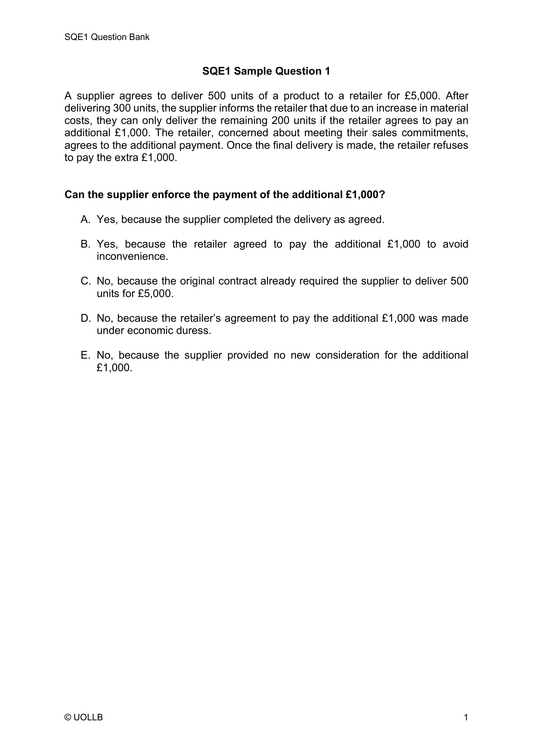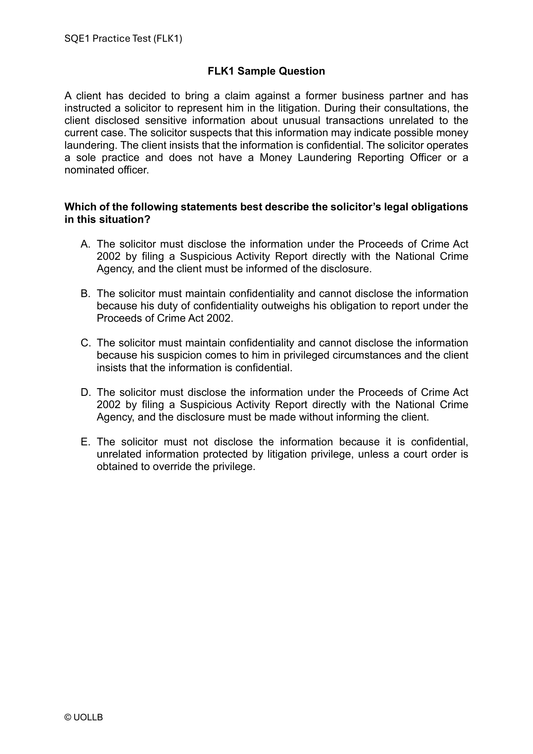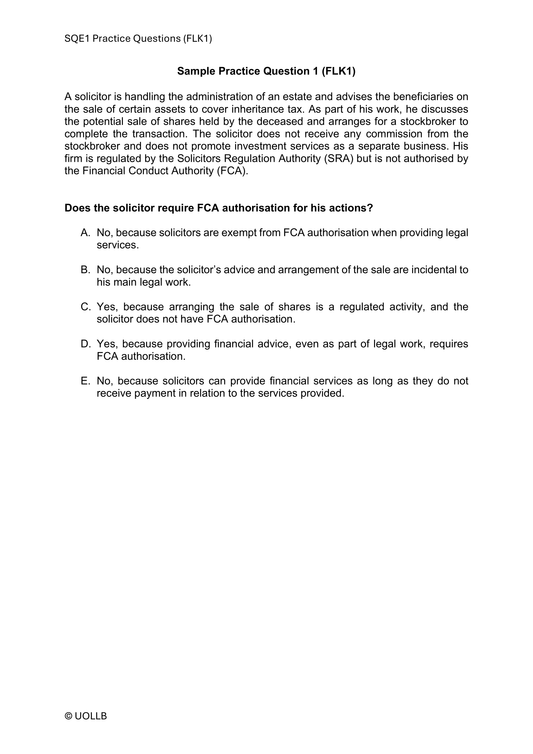R v Hasan [2005]
Share
R v Hasan [2005] UKHL 22, formerly known as R v Z [2003], is a pivotal House of Lords case in English law, establishing itself as a leading authority on the common law defence of duress. The case involves a complex narrative where the defendant, Hasan, claims coercion in his criminal actions under the influence of a violent and intimidating figure, Sullivan.
Hasan worked for Claire Taeger's escort agency involved in prostitution. Sullivan, Taeger's boyfriend and minder, entered the scene with a reputation for violence and drug dealing. The prosecution alleged an aggravated burglary incident where Hasan, armed with a knife, forcefully demanded payment from a client. The defendant's account differed, presenting a version where he received payment without threats and reported the incident to Taeger.
With Sullivan's arrival, Hasan claimed a decline in work and ultimately stopped working for Taeger. Despite their strained relationship, Taeger owed Hasan rent for a flat he had let to her. Sullivan, in an attempt to secure this debt, made a red Rover car available to Hasan, which later became a focal point in the case.
Sullivan's influence intensified, with discussions of cocaine deals, alleged murders, and an offer to show Hasan a body in the Rover's boot. The body, identified as Bryan Davies, was discovered later, leading to Sullivan and Taeger's arrest. Hasan, indicted for aggravated burglary in a subsequent incident, claimed duress, citing threats from Sullivan involving potential harm to himself and his family.
Lord Bingham identified seven key elements for a duress defence:
- Threat of death or serious injury.
- Threat directed at the defendant, immediate family, or someone close.
- Objective assessment of the defendant's perception and response.
- Direct causal link between threats and the defendant's conduct.
- No reasonable evasive action for the defendant.
- Inability to rely on voluntarily laid-open threats.
- Defence unavailable for murder, attempted murder, or treason.
Hasan was sentenced to 9 years, losing the duress defence due to voluntary association with known criminals. The court reasoned that such voluntary association implies foreseeing coercion risks, and legal policy discourages excusing criminal conduct in those who willingly associate with criminals.
The case provides clarity on duress elements and underscores the impact of voluntary association on the viability of a duress defence. Additionally, it reflects legal policies aimed at discouraging association with known criminals and highlights the courts' caution in excusing criminal conduct under such circumstances.





























































